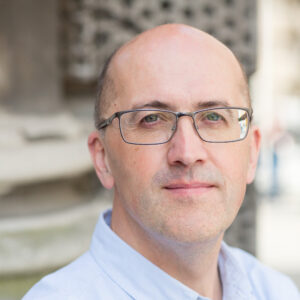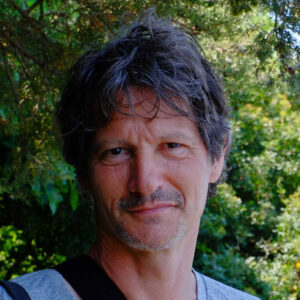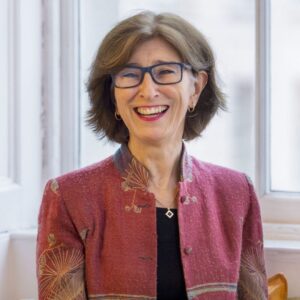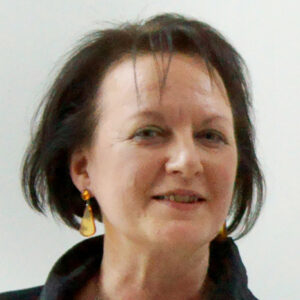
Asia
At the time of its founding, The Courtauld was intended to be a centre for the study of art history with a reach expanding across the whole of world art. During its first decade the curriculum indeed demonstrated this, and included programmes in Chinese, Japanese, Indian and Mesopotamian art and archaeology. Following the disruption of the second world-war, The Courtauld ceded responsibility for teaching in the arts of the “non-western” world to the School of Oriental and African Studies (along with a library and collections), leaving The Courtauld to concentrate solely on the western tradition. Over the past decade and more, however, and believing strongly in the necessity for an inclusive art history, The Courtauld has actively re-engaged with a wide range of aspects of Asian art and cultural heritage and with global art more generally.
Within ‘the history of art’, Dr Antony Eastmond has long explored the interactions between the Islamic and Byzantine traditions. Amongst our colleagues working in the modern and contemporary fields Professors Julian Stallabrass, and Sarah Wilson, and their respective MA and PhD students, work on global issues including topics relating to contemporary Asia. The Department of Conservation of Wall Painting has had and continues to have an impressive record of research and conservation practice throughout the Eastern Mediterranean, in Georgia, Jordan, India, Bhutan and the Himalayan region and in China. The Department of Conservation and Technology has a long standing collaboration on oil painting conservation with the Chhatrapati Shivaji Maharaj Vastu Sangrahalaya (CSMVS) in Mumbai, India. Professor Deborah Swallow contributes to teaching and research supervision for art history and conservation students working on South Asian subjects.
Recent major appointments and initiatives have greatly strengthened and embedded this activity.
Dr Wenny Teo was appointed as Manuela and Iwan Wirth Lecturer in Modern and Contemporary Chinese Art; Dr Sussan Babaie was appointed Andrew W. Mellon Foundation Lecturer in the Arts of Islam and Iran; the Robert H.N. Ho Centre for the study of Buddhist art, history and conservation was established at the Courtauld, along with a new MA programme in Buddhist Art: History and Conservation; and The Courtauld, in collaboration with the Mehrangarh Museum Trust, set up the Leon Levy Centre for Conservation studies at Nagaur in Rajasthan, India. Professor Sharon Cather, was appointed to the Shelby White and Leon Levy Chair in Conservation Studies and the Directorship of the Leon Levy Centre.
All the colleagues listed above share many interests and opportunities with colleagues working in related periods or on related issues in other parts of the world – whether based in material (conservation or, for example, an interest in textiles), theoretical questions, or theme (for example a cluster of scholars with a shared interest in Iconoclasm – the power of images and the need for their destruction in Christian and Islamic societies from the ancient world to the present day).
In recent years, The Courtauld’s interest in these areas has been well reflected in the programme of the Research Forum, where there are regular research seminars, lectures and conferences on Asian and global themes.
Students working on Asian subjects have gone on to work in museums, galleries, auction houses, dealers, and conservation and heritage practices, and to hold academic positions. Others have used the MA and PhD to carry out more detailed research and to use that experience to enhance their job opportunities across the whole spectrum of employment.
Asia Faculty
Professor Sussan Babaie
Professor in the Arts of Iran and Islam

Professor Antony Eastmond
AG Leventis Professor of Byzantine Art

Professor Julian Stallabrass
Professor of Modern and Contemporary Art

Professor Deborah Swallow
Professor Emerita

Dr Wenny Teo
Senior Lecturer in Modern and Contemporary Art

Dr Stephen Whiteman
Reader in the Art and Architecture of China

Professor Sarah Wilson
Professor of Modern and Contemporary Art
